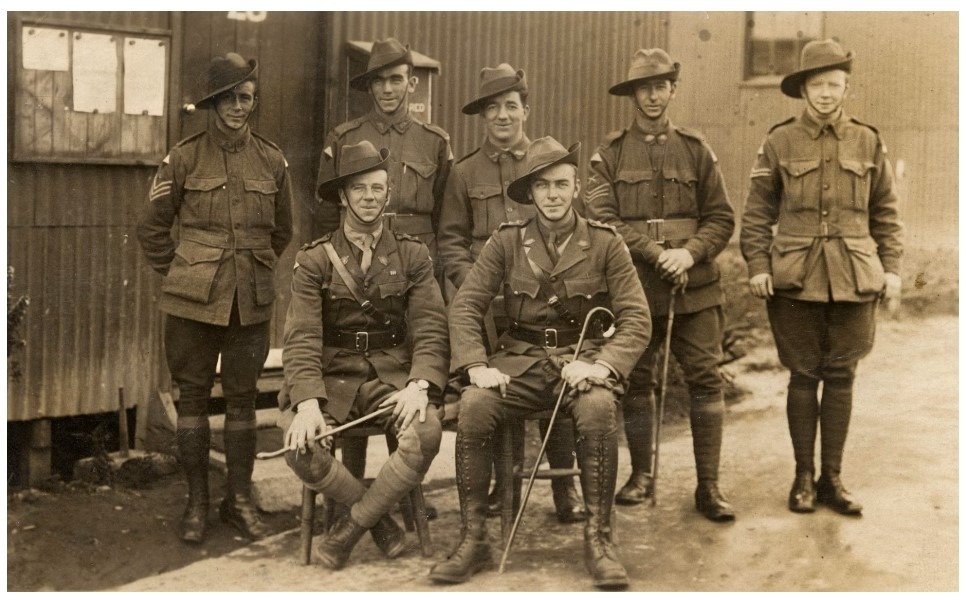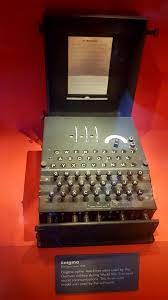The Second World War is one of the deadliest wars in the world history and lasted for over 6 years between 1939 and 1945. The global super powers invested most of their economic, financial, and political sources behind the war. Major superpowers such as the USA, Russia, and China took part in this war which cost over 85 million lives.. Since it was a war on such a large scale, maintaining communication was quite difficult from the administrative personnel to the front-line soldiers. Nonetheless, there were various unique ways which were used to ensure that messages were being sent to the soldiers.
War Pigeons
During World War II, Homing Pigeons were used to send out important messages. As these pigeons had special abilities to travel to long distances and get back to their home destination without a problem, they were often used as military messengers. War Pigeons were used to transport important messages to their home coop that was usually behind the war lines. Upon landing, wires in the coop made a buzzer sound which altered the Signal Corps regarding the new message. Although it was a very popular way of sending messages, it was often considered dangerous because the enemies used to shoot down the pigeons at times. Some of these pigeons were carrying important messages related to the war.
The practice of War Pigeons became so popular that almost all the major countries involved in the war started training more pigeons for the purpose of communication. 32 of the pigeons were served with the Dickens Medal as well as an honorary effort of the animals to World War II. In the year 1957, War Pigeons were no longer used for sending any messages.
Placing Spies
A traditional practice to ensure war messages were being sent to the soldiers was by placing different kinds of spies. Placing the spies helped the soldiers in knowing important information regarding the enemy. It was also helpful towards the administrative personnel to plan out accordingly given the situation of the enemy. However, many of these spies were often caught by the enemies and were forced to give important information regarding the home troops and Signal Corps.
Letters and Postal Notices
Postal services were on their peak at the time of World War II because much of the supplies and important messages were transmitted by post. The letters used to be sent from home base to the nearby post office of soldiers. Some of the back-end soldiers were then able to receive these letters and convey the important messages to the front-line soldiers. However, this was considered to be a very time taking method for the home base and often these messages did not stay relevant after reaching the soldiers. In addition to that, there were many conspiracies that were going on which is why even the postal service was considered to be an unsafe way of sending the messages as they could be accessed by any of the placed spies of the enemies.
There were different types of World War II ads that encouraged the general public to write out to the soldiers frequently regarding the different types of activities they were involved in. This included the basic activities to different important matters as well. The generals considered that this used to give the soldiers a boost in morale and perform even better. This used to be sent under the V-mail (Victory Mail) program so that the soldiers got the mails quickly and in a bulk quantity too.
Enigma Machine
The Enigma Machine was a major step towards sending the messages to the soldiers in a safe and a very quick way. This machine was just like a typewriter but had the potential to send text messages in a codified format. The operator used to type the text and codified it using the wheels which would scramble the message. The condition to receive the message in its original format was that the receiver needed to have the same rotational order to unscramble the message.
The operators were provided different types of codes and codebooks so that they could easily decipher which of the code had to be used in order to unscramble the message back to its original manner. The Enigma was considered to be a success in the start but turned out to be a big problem when the codes were out, it was easier to decrypt them and read out the important messages. Upon the war’s closure, Germans actively pursued to make the Enigma machine much better than its initial performance.
Radio
Despite a lack of resources, the radios were important equipment for the front line soldiers. They were known as the split second communication because much of these radio signals could easily be intercepted by the enemies and leaked out important information. Radios helped the top generals staying in proper communication with the soldiers. It also helped the incoming airplanes to establish contact with the soldiers in the grounds. However, with the limited resources, not all of the soldiers had access to the radio and a few battalions had only a single one. Nonetheless, they helped in a quick communication which is quite relevant.
Conclusion
Communication in World War II was difficult but with the right kinds of tools for sending messages as well as World War II ads, much of the difficulties were reduced to a great extent. With many flaws residing within the communication channels, there was much loss of important information as well. Many of the countries such as Germany further researched on these tools such as the Enigma machine to have better technology and equipment available in case of another war.




